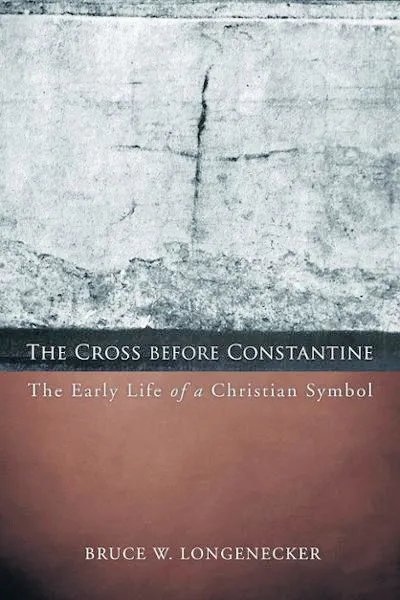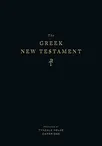THE CROSS BEFORE CONSTANTINE:
The Early Life of a Christian Symbol
By Bruce W. Longenecker
Fortress Press. 244 pages £25.99
ISBN 978 1 451 490 305
One visible difference between evangelical Protestants on the one hand, and Catholics and Eastern Orthodox on the other, is that the former, unlike the latter, do not make ‘the sign of the cross’ to ‘bless’ themselves, nor (generally) display a cross – and certainly not a crucifix displaying Christ in their worship, since the Bible is definite on the finished work of Christ upon the cross.
Indeed, Protestants tend to see the use of ‘the sign of the cross’ either in worship or when something startling occurs, or in the face of malevolent supernatural power, as mere superstition, which should be avoided as idolatry. Often, it is held that the use of the cross as symbol in these ways is a product of the post-Constantinian era. Is this valid, and, right though we may be to avoid such superstitious acts as those previously listed, are we neglecting some of the deeper meanings of the cross?







